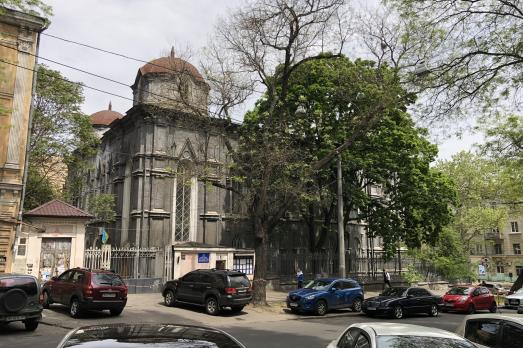
Brody Synagogue in Odesa
Odesa, UA
The Brody Synagogue in Odessa was completed in 1863 by architect Osip Kolovich for a Progressive community. This brick building in the Neo-Renaissance style now serves as archives.
Here you can search for a building to visit. You can use the map find destinations, or you can use the filters to search for a building based upon what different criteria.

Odesa, UA
The Brody Synagogue in Odessa was completed in 1863 by architect Osip Kolovich for a Progressive community. This brick building in the Neo-Renaissance style now serves as archives.
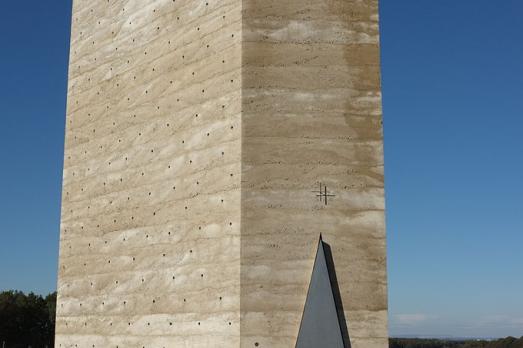
Mechernich-Wachendorf, DE
The Chapel is a private donation of the farmers Josef and Trudel Scheidtweiler in Mechernich-Wachendorf. It was planned and constructed by the Swiss architect Peter Zumthor in 2007 and is dedicated to the Swiss mystic Nicholas of Flüe, also called Bruder Klaus. The structure of the monumental, monolithic chapel is made from tamped concrete. Inside one can still see the imprint of trunks which were used as centring and burned down later. A drop-shaped skylight was also left from the trunks, which is not sealed and allows rain, snow or sunlight inside.
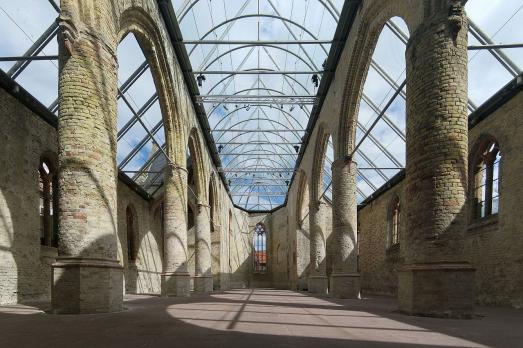
Bolsward, NL
The Broerekerk was built in the 13th century as a monastery church of the Friars Minor. After iconoclasm, the church passed into Reformed hands in 1578, after which the abandoned monastery buildings were demolished. It served as a reformed church until 1970. The church with three naves without a tower is a ruin following a fire in 1980. The building was given a glass roof in 2006, designed by architect Jelle de Jong.
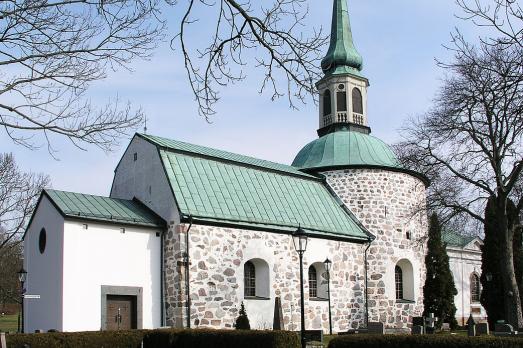
Bromma, SE
Consisting of a rotunda, a nave, a choir, a sacristy, a grave choir, a weaponhouse and acrypt, the church's stunning 15th century frescos were discovered in the beginning of 20th century. They were painted by Albertus Pictor or his pupils and depict Old and New testament stories.
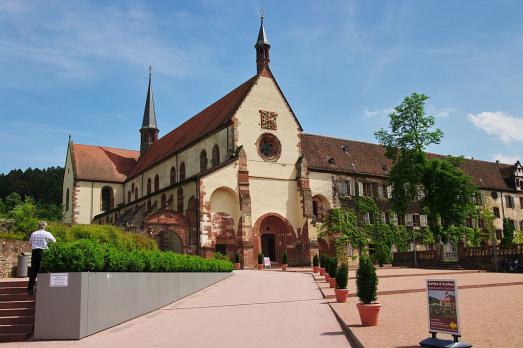
Wertheim, DE
Bronnbach Abbey was founded in 1150 and construction of the abbey church began on 16 May 1157. In 1193, Emperor Henry VI placed the abbey under the direct protection of the Holy Roman Empire. At the end of the Middle Ages, the abbey was rebuilt for more than a century in the Late Gothic style. On 16 March 1803, the secularisation of the abbey was pronounced. The religious community lasted until 1831 when the services were moved out of the abbey. The last monk of the community died in 1850. The abbey was again used by the monks for a few decades during the 20th century but was vacated by them in 1958.
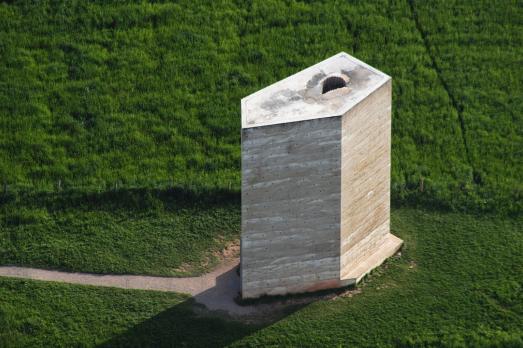
Mechernich, DE
At the edge of a field, farmers built this chapel in 2007 to honor their patron saint Bruder Klaus.
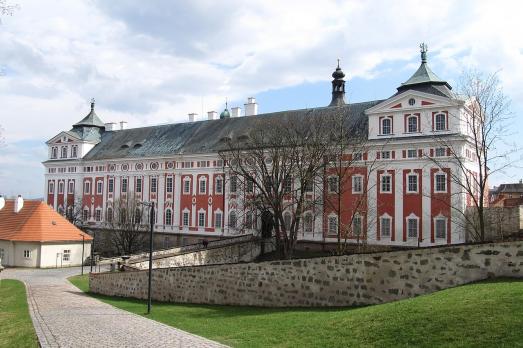
Broumov, CZ
The Broumov Abbey dates back to 1213 when King Ottokar I of Bohemia offered the Broumov fiefdom to the Benedictines of Brenau Abbey. When the Sudeten German-speaking populations were expelled from the new Czechoslovakia after the Second World War, the monks found refuge in 1946 in Rohr Abbey in Bavaria and were replaced by Czech monks, who themselves were expelled a few years later. After it was returned to the church in 1989, it is no longer inhabited and, in agreement with its administrator, houses the collections of the Broumov Municipal Museum.
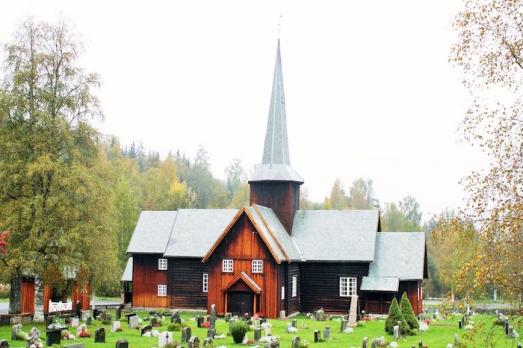
Etnedal, NO
The Bruflat church is a wooden church from the mid-18th century. The nave has undergone several modifications over the years, notably in 1860 and 1909-12. In 1974-75 the church was restored again. The pews date from 1860. The interior is characterized by parts of furniture probably carved by Ola Kvit at the end of the 18th century. The parapets of the gallery were painted in 1789 with floral decoration. The church has a painting dating from 1704.
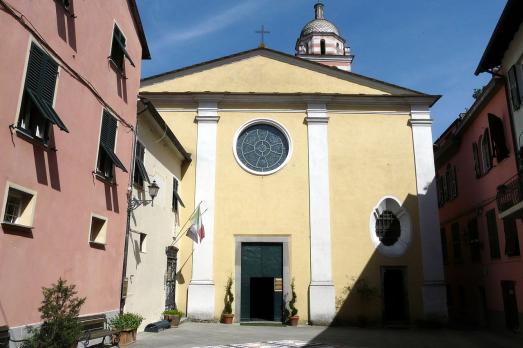
Brugnato, IT
Brugnato Cathedral is a reconstruction of the 11th and 12th centuries. In 1820 the diocese of Brugnato was united with those of La Spezia and Sarzana-Luni into a single diocese. In the 1950s, restoration work led to the discovery of the remains of the original Romanesque church, which were studied in 1994.
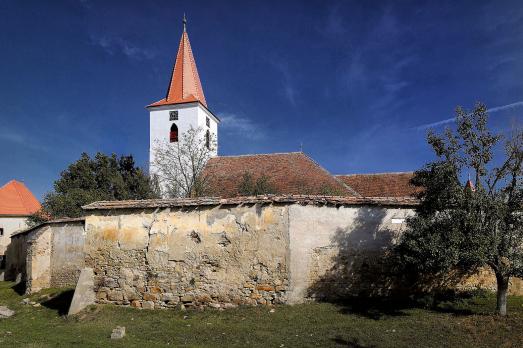
Bruiu, RO
The initial Roman basilica from the 13th century went through numerous changes due to the many demolitions and reconstructions that occurred mainly in the second half of the 19th century, when the aisles were rebuilt with galleries and an apse was erected. Yet, a Romanesque door frame with a round arch was preserved on the southern facade. A circular wall strengthened by a western tower with parapet walk surrounded the church. Another polygon-shaped ring wall was built around the first one, being endowed with 4 bastions and a 3-level parapet walk, whose traces – the 3 rows of loopholes – are still visible in the northern wall. On the south-eastern side, a long construction on 3 levels was used both for storage and accommodation purposes, strengthened by defensive systems.

new
As a university city, cultural offerings abound in Tartu and will reach their peak after being designated one of three European Capitals of Culture for 2024. In this list, we've compiled the most interesting sacred places to visit in and around the old town.

Bodø has evolved from a picturesque fishing village to a bustling cultural epicentre in the northeastern Norwegian county of Nordland. Here is a list of the top churches to visit in Bodø, the only European Capital of Culture above the Arctic Circle.

The small Austrian spa town of Bad Ischl is known for its beautiful nature and peaceful atmosphere. Emperor Franz Joseph I of Habsburg, described it as an "earthly paradise". Here is a list of religious heritage sites you should visit.